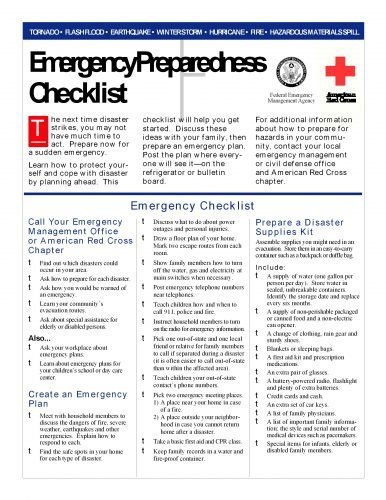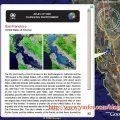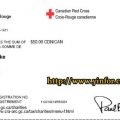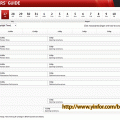It is just a preparation, doesn’t mean it will happen soon. According to Public Safety Canada, individuals and families should be prepared to cope on their own for the first 72 hours following a natural disaster, allowing emergency personnel to help those in greatest danger.
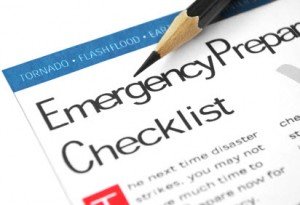
Yes, I totally agree with it. We have to get prepared at least we can survived until other people come to help us.
Here is what to do to help you be more prepared:
Step 1: Make a plan
Put the plan in writing, address applicable considerations such as:
- Safe exits from your home and neighbourhood
- Meeting places to reunite with your family
- A designated person to pick up your children if necessary
- Names and numbers of people to be contacted
- Health and insurance information
- Places for your pet to stay
- Risks in your region
- The location of your fire extinguisher, water valve, electrical panel, gas valve and floor drain
Step 2: Create an emergency kit
Create the kit to cover your family’s specific needs, including the following basics:
- Flashlight, batteries, transistor radio and first aid kit
- A three-day supply of bottled water and non-perishable food for each person and pet ( 2 L water per day per person)
- Personal hygiene supplies, medications, eyeglasses, blankets and bath linens
- Cash, extra keys for car and home, photocopies of legal and personal documents including your insurance policy.
Here is check list you can download and print it out your your own.
